Affiliate links on Android Authority may earn us a commission. Learn more.
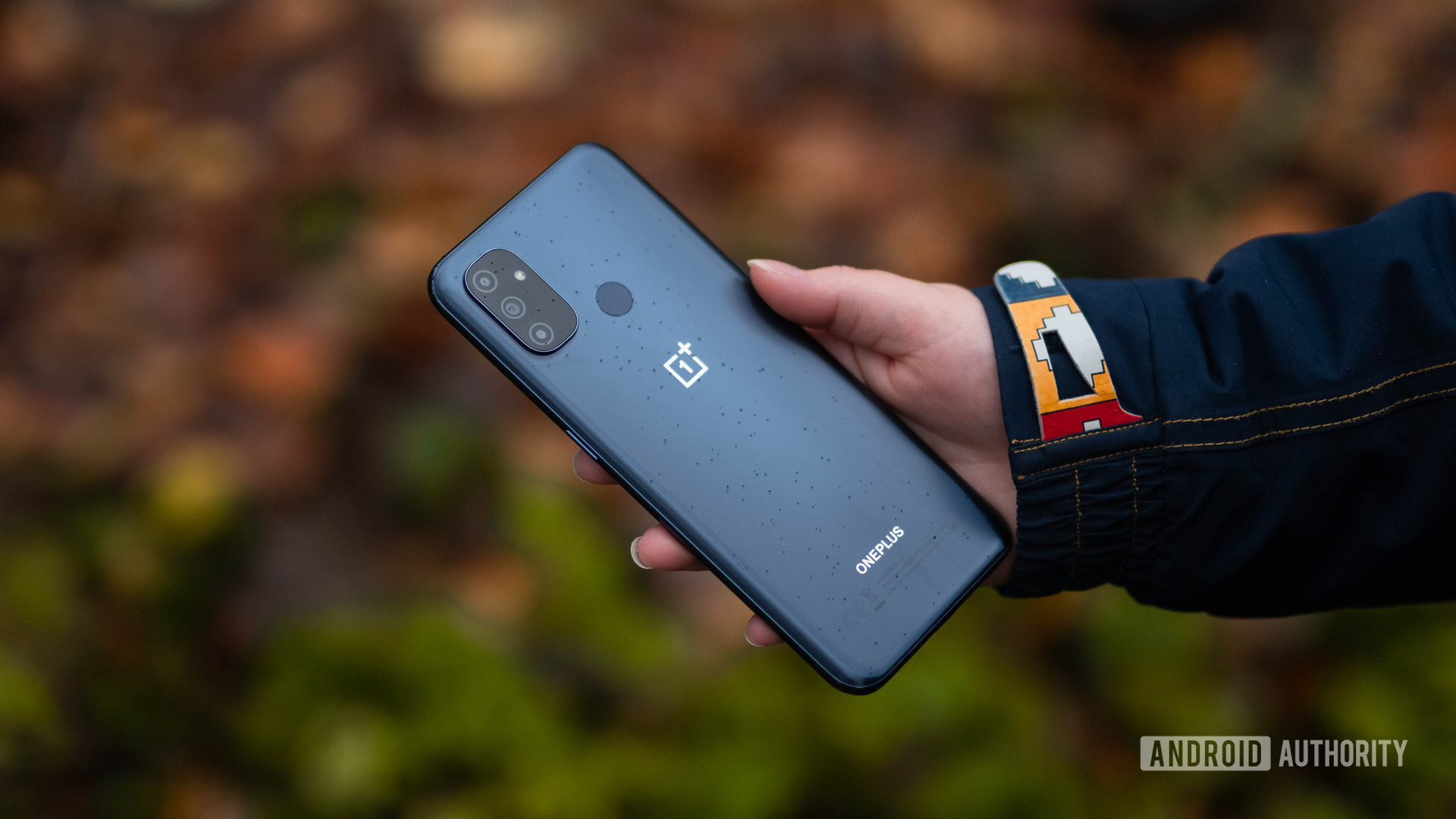
OnePlus Nord N100 review: When budget doesn't mean value
Published onSeptember 24, 2021
OnePlus Nord N100
What we like
What we don't like
Our scores
OnePlus Nord N100
OnePlus has typically made phones for enthusiasts. These devices have super speed, big displays, and are made with high-quality materials. Its flagship phones have also been steadily increasing in price each year. The OnePlus Nord N100 swung the pendulum in completely the opposite direction. At $179, it’s the cheapest smartphone ever sold by the company.
Has OnePlus created the best ultra-budget phone you can buy? Find out in Android Authority’s OnePlus Nord N100 review.
Update, September 2021: This review was updated with Nord N200 details and new alternatives.
OnePlus Nord N100: At a glance
The OnePlus Nord N100 is for those who don’t care about flashy designs, big displays, powerful cameras, or top-shelf performance. At $179, the Nord N100 is a barebones, basic smartphone that’s finally running Android 11 and, crucially, OnePlus’ Oxygen OS software skin.
Related: The best OnePlus phones you can buy
It’s also aimed at those looking for an all-rounder on the cheap. It’s got traditional creature comforts like a headphone port, microSD expansion, and a hybrid stereo speaker setup.
Design: Just the basics
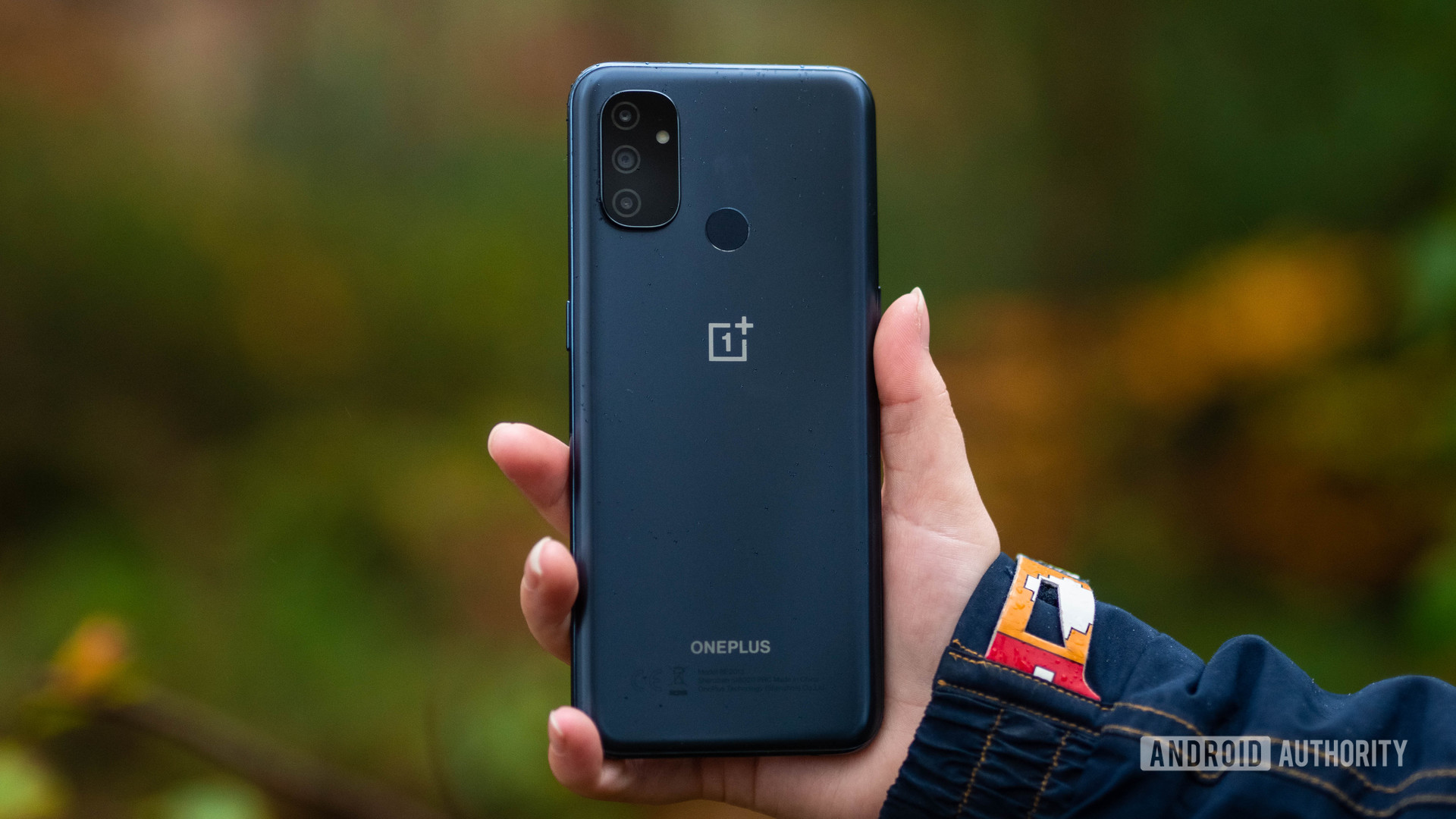
- 164.9 x 75.1 x 8.5mm
- 188g
- Plastic build
- USB-C port
- microSD card slot
- 3.5mm headphone port
The OnePlus Nord N100 isn’t out there to impress anyone with its design. It’s similar in layout to the OnePlus Nord and the OnePlus 8T, but is made entirely of plastic to cut manufacturing costs. It’s got thicker bezels and a larger punch hole than the aforementioned phones, too. Being such an affordable device, there’s no IP rating hare, either. Overall, the Nord N100 looks more or less like any other modern budget smartphone.
Let’s take a tour. Upfront is a 6.52-inch IPS punch-hole display surrounded by fairly thick bezels with a larger chin at the bottom. On the rear is a triple camera module in the top left corner, a fairly quick capacitive fingerprint reader towards the middle, and some OnePlus branding. On the top, there’s a microphone. The bottom presents the USB-C port, a 3.5mm headphone port, a speaker, and a microphone. The left features a volume rocker and a dual-SIM and microSD card slot. Finally, on the right side resides the power button. Like its sister phone, the Nord N10, OnePlus has omitted its staple alert slider.
Holding the Nord N100 in hand, it feels its price. Aside from the Gorilla Glass 3-covered display, the rest of the device is made of plastic. The rails feel solid but are rather slippery. The buttons are clicky and don’t wobble. However, it’s the rear panel that really lets the phone down. It bows under the lightest amount of pressure and feels like it’s less than a millimeter thick. It’s cheap and hollow-feeling. This means that it’s less likely to crack and should be more durable long-term, though. Unlike other OnePlus devices of late, this one doesn’t come with a case in the box. OnePlus perhaps expects you to use it “naked” since it’s less delicate than its other releases.
The Nord N100 looks and feels like what you'd expect at this price point — cheap.
The haptics feel rather weak and hollow, which adds to the overall cheap feeling of the Nord N100. The hybrid stereo speakers are loud but lack depth. I found the headphone port more useful for wired speakers than headphones, but it’s handy to have either way.
Overall, the OnePlus Nord looks and feels very cheap. This makes sense given the price point, but you shouldn’t expect the same level of build quality as you’d get on more expensive OnePlus phones. It’s functional, but it doesn’t stand out from the rest of the market.
Display: The wrong choice

- 6.52-inch IPS display
- 1,600 x 720 pixels
- 90Hz refresh rate
- Gorilla Glass 3
- 20:9 aspect ratio
In 2021, most devices sport high refresh-rate displays. Despite initial mixed messages and eventual backtracking, the OnePlus Nord N100 follows that trend, too, sporting a 6.52-inch 720p 90Hz IPS panel. This helps it fit closer to the mainstream market, but I believe it was the wrong choice for a phone like this.
The OnePlus Nord N100's 90Hz panel is overkill for a $179 phone.
Firstly, 90Hz displays cost more than 60Hz panels, and there’s an argument to be made that OnePlus should’ve instead saved some cash and improved the camera and processor instead. Secondly, the Snapdragon 460 struggles to hit even 60fps at times, so 90fps seems like too much to expect. Thirdly, since the 90Hz mode is adaptive-only, you won’t feel its effects all the time.
Elsewhere, the display gets plenty bright at 519 nits sustained peak brightness in our testing. From about a foot away from your face, the 720p resolution doesn’t affect the viewing experience. However, any closer and you can clearly notice softness compared to an FHD panel at this size.

When looking at the screen off-angle, there is a noticeable brightness shift. This is rather common in affordable IPS displays, but it’s not ideal.
There aren’t any display modes to choose from, but there is a color temperature slider in the display settings menu. Also in here are settings for the refresh rate and an option to mask the punch hole to create an uninterrupted viewing experience.
Overall, the display is fine, but the 90Hz refresh rate is overkill for a $179 phone that lacks the raw power to take advantage of it.
Performance: Questionable at best
- Qualcomm Snapdragon 460
- 4GB RAM
- 64GB storage (expandable)
The OnePlus Nord N100 is powered by a Snapdragon 460 SoC and 4GB RAM. This is part of Qualcomm’s entry-level series, so it’s no surprise that performance is not the OnePlus Nord N100’s strong point.
The Nord N100's performance isn't its strong suit.
You’ll notice this lack of speed in day-to-day operation. When zipping around the OS and switching between apps, I experienced noticeable delays, and lag was a rather common issue. Web pages took longer to load than I’d have liked, as did games and apps. It’s not unusable, however, and those who can tolerate the bare minimum may be able to accept the Nord N100’s general performance.
You can play lower-end games like Clash Royale, 8 Ball Pool, and Subway Surfers on the Nord N100 with few issues. However, higher-end 3D titles like Real Racing and Fortnite struggle on the limited hardware. The OnePlus Nord N100 is not a gaming phone.
The single 64GB storage SKU is upgradable via its microSD card slot at the cost of one of the SIM trays. This is fairly standard for budget phones, though other rival devices with higher configurations like the Redmi Note 9 and realme 7 come with more storage and RAM for a slight price increase.
On a final note, the OnePlus Nord N100 does not support 5G. If you want a budget 5G phone from OnePlus, you’d need to look at the OnePlus Nord N10 or the new successor in the OnePlus Nord N200.
Battery: Excellent endurance
- 5,000mAh battery
- 18W fast charging
The Nord N100’s huge 5,000mAh battery provides fantastic battery life thanks to the efficient chipset and low-resolution display. With a mix of LTE and Wi-Fi usage, video and music streaming, and gaming, all at high brightness, the Nord N100 still managed over two days of battery life. The total screen-on time metric was a whopping eight hours across the two and a half days. Those who don’t use their phone as much could expect to charge their device just twice a week.
Speaking of charging, the included 18W fast charger tops up the device in ~134 minutes. It’s nowhere near the top speeds we’ve seen for wired charging, but it’s acceptable for a phone at this price, even if there are alternatives like the realme 8 or even OnePlus’ own Nord N10 that offer faster charging speeds. As you might expect, there’s also no wireless charging support.
Camera: Scraping by
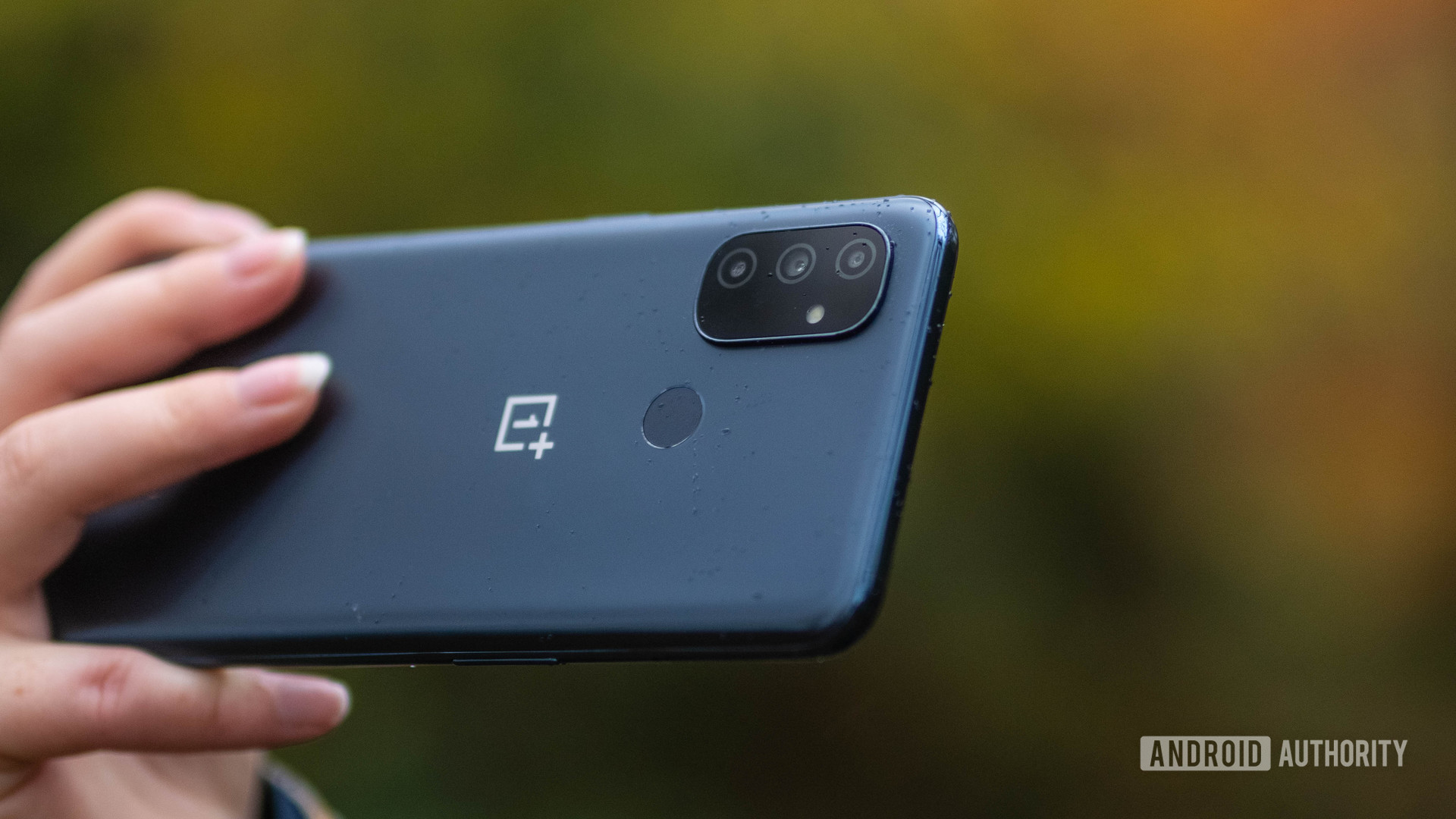
- Rear:
- Main: 13MP, f/2.2, EIS
- Macro: 2MP, f/2.4
- Depth: 2MP, f/2.4
- Video: 1080p at 30fps
- Front:
- Main: 8MP, f/2.0
- Video: 1080p at 30fps
The Nord N100 has four total cameras, but you only need to know about two — the 13MP main camera and the 8MP selfie camera. Even in this price bracket, that camera hardware is looking pretty weak.
A couple of consistent points stand out from the photo samples. Firstly, there’s a lack of sharpness throughout, almost like the camera can’t focus at times. This isn’t a resolution limitation, or we’d see the same issue with the Pixel 5 and iPhone 12 Pro‘s 12MP shooters. Secondly, the colors are being oversaturated in the processing pipeline. They aren’t hugely off-putting, just far from accurate to life. Thirdly, OnePlus’ typical shadow-crushing technique is back and at a whole new level. In almost every photo I took with the OnePlus Nord N100, it looks like someone took the shadow slider and slid it to -100.
The Nord N100 seems to underexpose a lot of its shots, too, perhaps to reduce noise, which results in quite moody-looking images at times. There is also quite a bit of noise present throughout the photos. This brings us to the dynamic range. Aside from those crushed shadows, the rest of each photo seems to capture highlights and midtones well enough. In fact, it’s only in the darkest parts of the scene where shadows get fully crushed. This is almost definitely a processing issue since other OnePlus devices have suffered from the same problem, if not nearly as badly.
The OnePlus Nord N100's main camera outputs oversaturated and contrast-heavy images that lack sharpness.
In lower-lit indoor shots, the Nord N100’s small camera sensor struggles to pick up detail. This results in noisy, soft images at the best of times. Because the sensor can’t capture much light, it forces the shutter speed to be slower, which often means you get shaky, blurry photos. In other shots, such as the mug of tea, the lack of light means that the system captures incorrect color information as the camera scrambles to expose properly. Better camera systems with larger sensors can turn up the shutter speed and capture more color information while doing so.
The Nord N100 doesn’t have OnePlus’ usual Nightscape in its camera app, though it does recognize nighttime as a scene type. This means that the system isn’t capturing a long exposure, nor is it bracketing multiple shots for better night-time HDR. These nighttime shots are dark, contrast-heavy, noisy, and blurry. Even the similarly-priced Redmi Note 9 comes with a night mode which seems to perform quite well. This is not a good look for the Nord N100.
The OnePlus Nord N100’s dedicated macro mode makes use of the standalone 2MP macro camera. Given the resolution, the pictures don’t look too bad. In good light, there’s adequate sharpness for a novelty feature. In darker conditions, though, the camera adds in a lot of noise reduction, which results in a loss of detail. On the whole, the macro feature is pretty gimmicky. Usable, but gimmicky.
Portrait mode shots are of acceptable quality. Edge detection isn’t the best, but it’s better than I expected for the price. The background blur is realistic enough. That said, there isn’t any soft-focus roll-off that pricier phones emulate to replicate real camera characteristics. The entirety of the background is blurred to the same level regardless of distance.
Selfies and portrait mode selfies look quite a bit better than the main camera shots. There’s more sharpness, more dynamic range, and more accurate colors. Shadows aren’t crushed in selfies, and skin smoothing doesn’t seem to be a problem, either. For a $179 phone, these are impressive selfie photos. The only thing to complain about might be the tight field of view.
The 1080p 30fps video isn’t great but is definitely usable given the phone’s price point. There’s more dynamic range than you might first think, and while the video isn’t clean by any means, there is at least some semblance of sharpness. Stabilization is almost non-existent, and there’s limited scope with footage like this. For the odd captured memory or video call, it’s just about acceptable.
Overall, the OnePlus Nord N100’s rear camera is rather disappointing, even for a $179 device. Compared to its contemporaries, its hardware and software fall behind, resulting in a poor experience. Those who take more selfies will be more satisfied, however.
Software: Already outdated
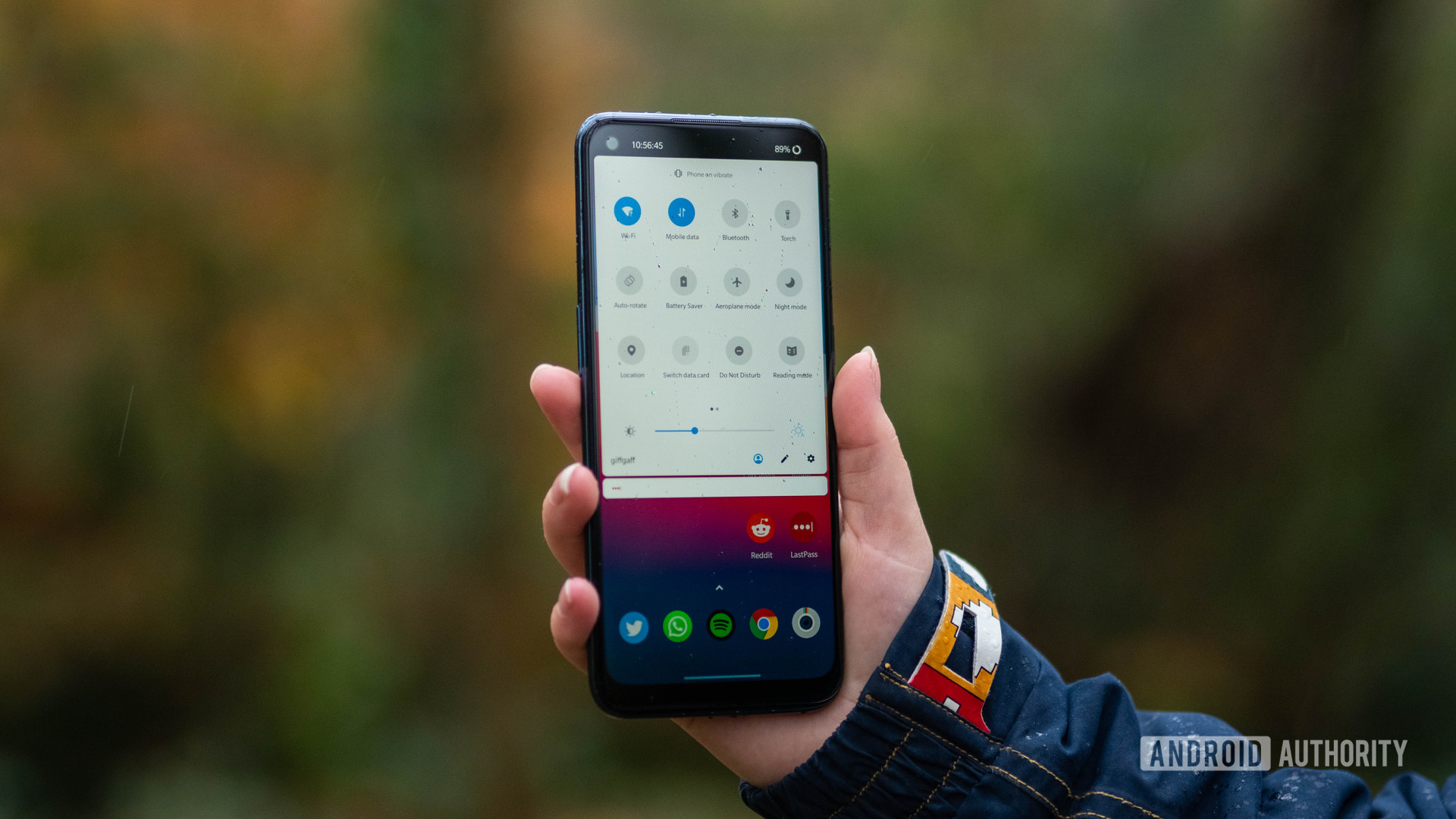
- Android 10 (Updated to Android 11)
- Oxygen OS 10 (Updated to Oxygen OS 11)
OnePlus’ greatest development over the years is arguably its software. Oxygen OS is fabled for its clean approach to Android with few changes from stock. The few adaptations, such as improved customization and faster animations, are enough to make the software shine. Gaming mode has been brought down from the higher-end models, too, which optimizes the system when playing games.
The Nord N100 will only get one platform update — to Android 11.
Unfortunately, the Nord N100 shipped Oxygen OS 10 based on Android 10, which was an already outdated version of Android from the start. It took until the end of July 2021 for OnePlus to bring its Android 11 update to the Nord N100, a few months prior to the expected release of Android 12.
OnePlus has also suggested that the Android 11 upgrade will be the only major platform update. This is not acceptable, given that the phone should have shipped with Android 11 out of the box. The going rate is at least two system updates and three years of security updates. The Nord N100 is way behind. This stands as a huge mark against an already questionable value proposition.
The Nord N100 doesn’t come with a single piece of bloatware pre-installed. This is great news since the single 64GB storage option isn’t exactly expansive. The device doesn’t feel weighed down by its software which is something that’s typically cursed lower-end devices like this.
OnePlus Nord N100 specs
| OnePlus Nord N100 | |
|---|---|
Display | 6.52-inch IPS 1,600 x 720 pixels 90Hz refresh rate 20:9 aspect ratio Gorilla Glass 3 |
Processor | Qualcomm Snapdragon 460 Adreno 610 GPU |
RAM | 4GB LPDDR4x |
Storage | 64GB UFS 3.1 microSD card slot |
Camera | Rear: 13MP main, f/2.2 2MP macro, f/2.4 2MP depth, f/2.4 1080p 30fps video Front: 8MP, f/2.0 1080p 30fps video |
Battery | 5,000mAh 18W fast charging |
Software | Android 10 OxygenOS 10 |
Connections | USB-C 3.5mm headphone port Bluetooth 5.0 WiFi 5 |
Colors | Midnight Frost |
Dimensions | 164.9 x 75.1 x 9.49mm |
Weight | 188g |
Value: Not what you’d expect
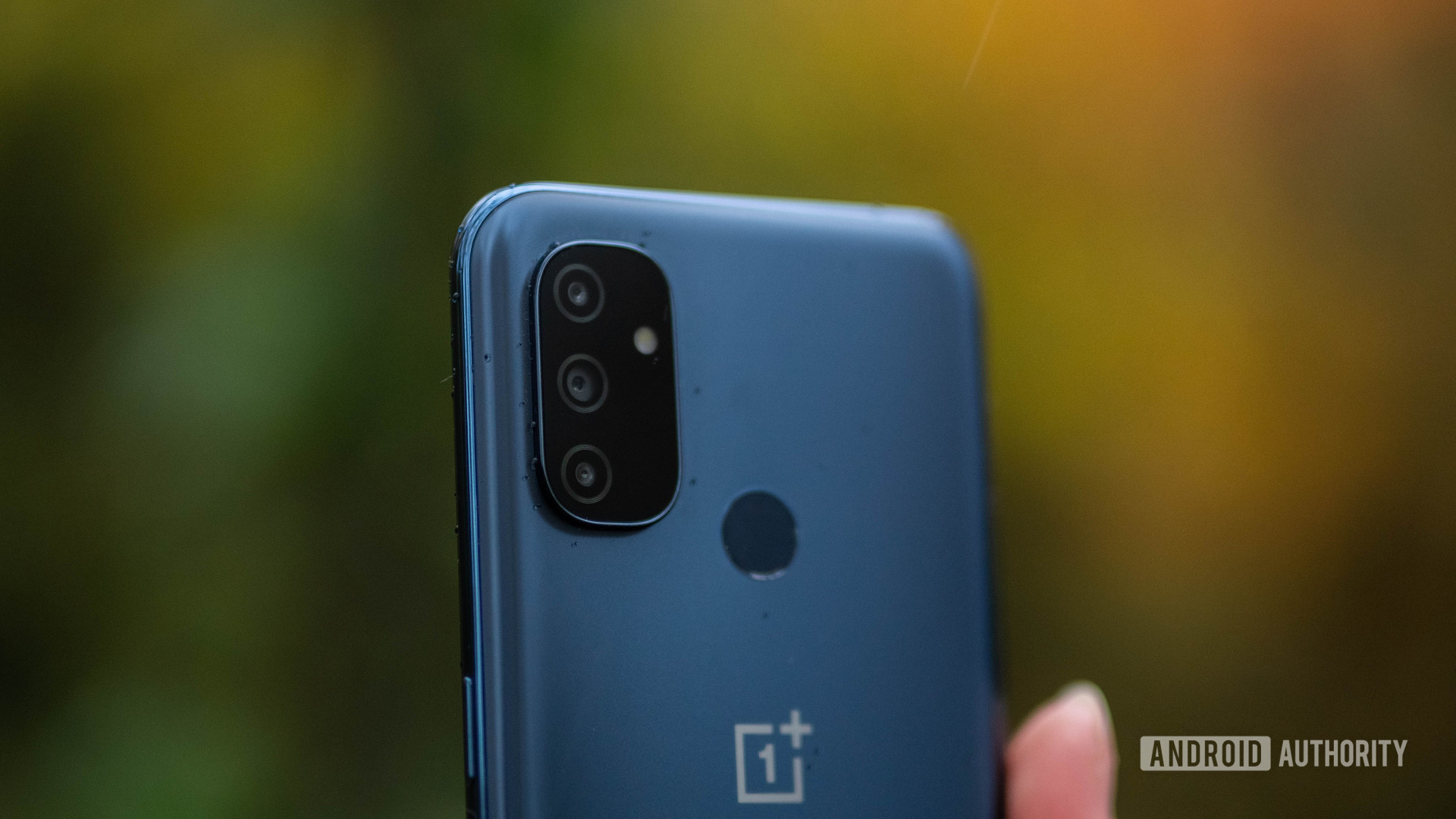
- OnePlus Nord N100: 4GB/64GB — $179/£179/€199
A low price is often misconstrued as good value for money. The OnePlus Nord N100 has a low price tag but feels like it goes a tad too far to cut its price. The software, performance, and camera are all critical areas. They just so happen to be the ones that OnePlus has cut corners on with the Nord N100.
The OnePlus Nord N100 proves that budget does not mean value.
The sub-$200 price point is tough because while you want to get the most out of the money you spend, spending too little can sometimes be a detriment. You’re more likely to upgrade within a year, which completely defeats the purpose of buying a cheap phone in the first place! This is exacerbated by OnePlus’ highly questionable decision to only support the phone with a single Android version upgrade.
However, there are much better options if you’re able to stretch your budget a little higher. Phones that come in under £300 in the UK like the Google Pixel 4a, Samsung Galaxy A42, and POCO F3 stomp the Nord N100. They deliver packages that you’re likely to keep for a couple of years as opposed to a few months. There’s even the Nord N10 if you want a similar overall package but with a faster processor and 5G, but again, it only comes with the promise of a single Android upgrade.
If you can go even further, the full-fat OnePlus Nord 2 and the Google Pixel 5a are even better still and should be supported with updates for years to come (though sadly the Pixel 5a is US-only right now).
See also: The best phones under £300 in the UK
In Europe, the Nord N100 starts at €199, which aims it squarely at the Xiaomi POCO X3, Redmi Note 10, and the Samsung Galaxy A32. Those devices offer more RAM and storage options, better cameras, and better displays. However, the OnePlus Nord N100 has cleaner software.
In the US, this phone’s successor — the Nord N200 — is a no-brainer. It’s mildly more expensive at $239, but the improved processor, display, and 5G support make it an obvious choice. Shame it too suffers from meager software support from OnePlus.
OnePlus Nord N100: The verdict
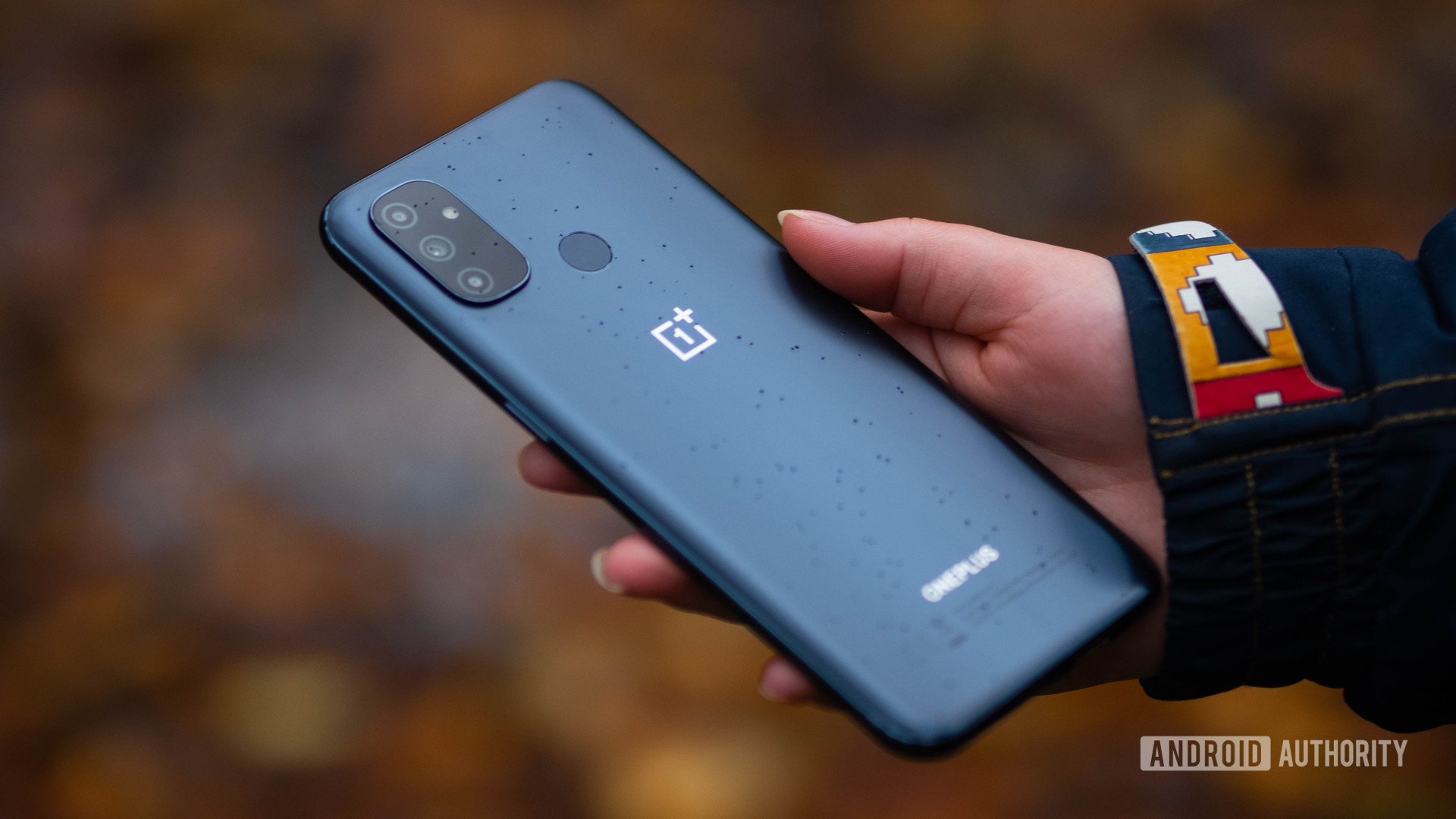
Smartphones have become increasingly expensive over the past couple of years. This has ushered in a new breed of value-for-money handsets that smartly cut back on premium extras while nailing the fundamentals. This includes standouts like the Google Pixel 4a and OnePlus’ own Nord 2. However, there is a point where the price-specs/features compromise goes too far. That’s sadly where the Nord N100 comes in.
Sure, it’s good enough for those who don’t care about cameras, performance, or design. However, its quality in those areas is so low that buyers will likely want to upgrade before long, nullifying the savings you get over the best mid-range devices.
I urge you to consider something that costs just a little more money. You will likely get more bang for your buck than if you were to pick up the OnePlus Nord N100. If you’re adamant about that ~$200 budget, you should at least opt for this phone’s modestly upgraded successor, the Nord N200.
If you do decide to make the OnePlus Nord N100 your own, here is our guide to the best cases to keep it in tip-top shape for longer.
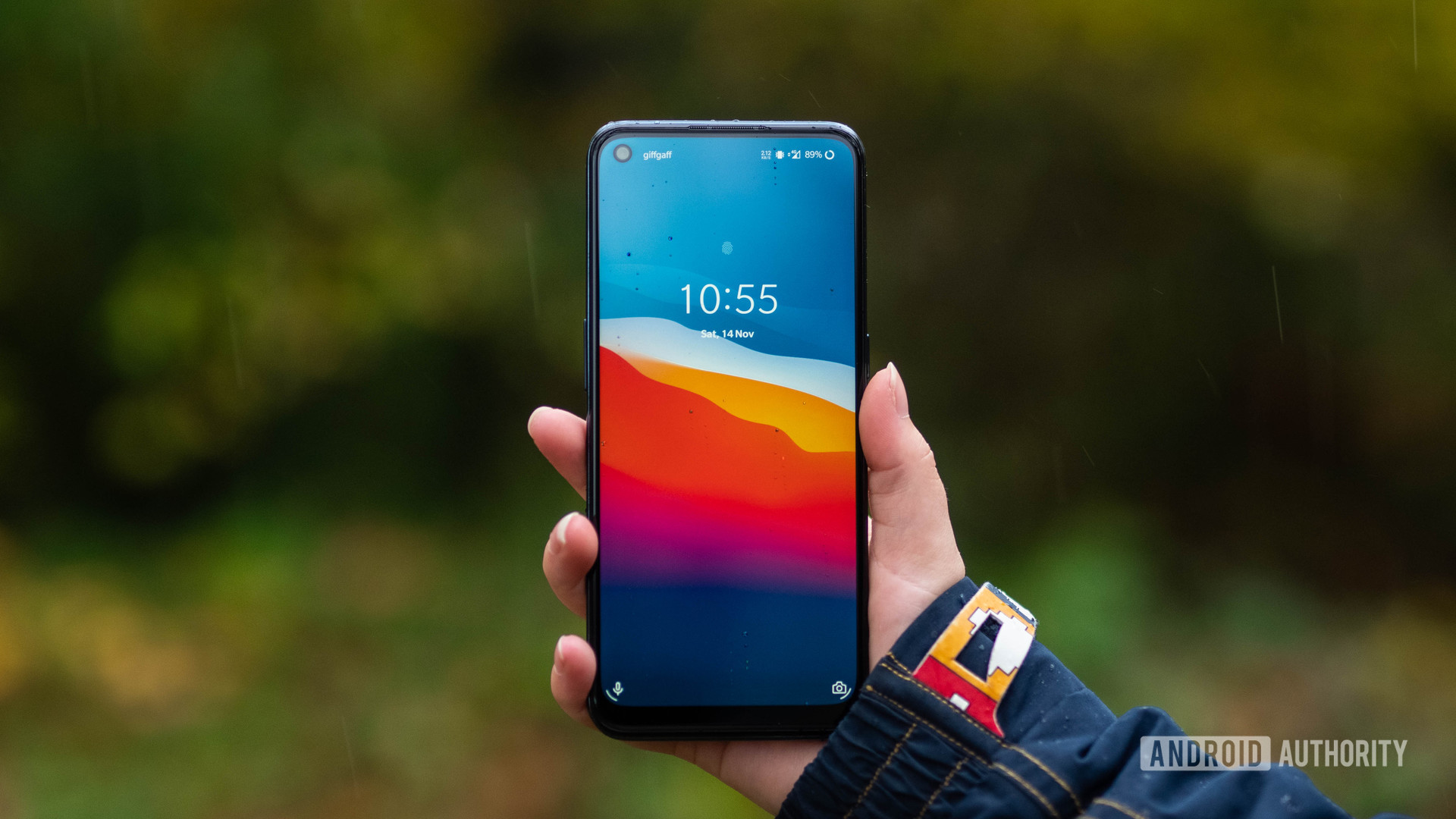
That’s our review of the OnePlus Nord N100. What do you make of OnePlus’ ultra-budget phone?